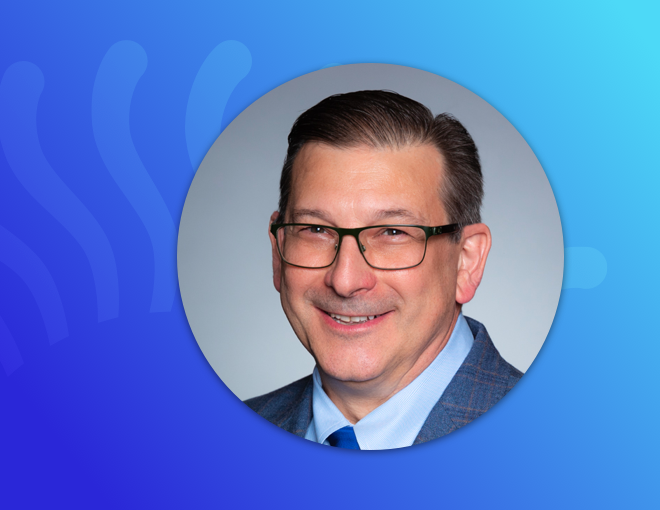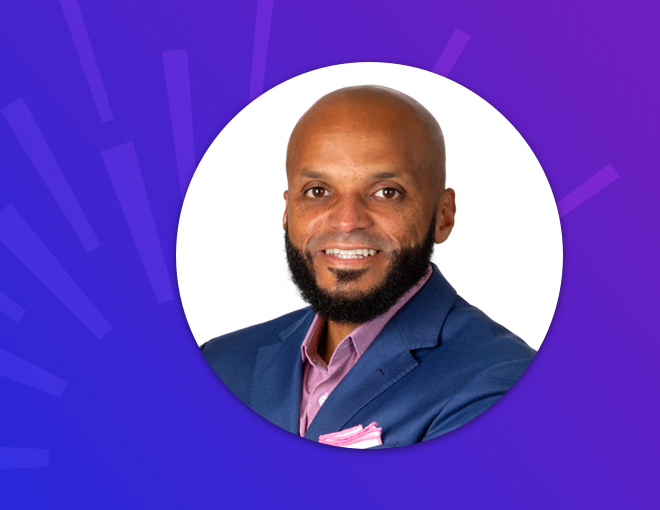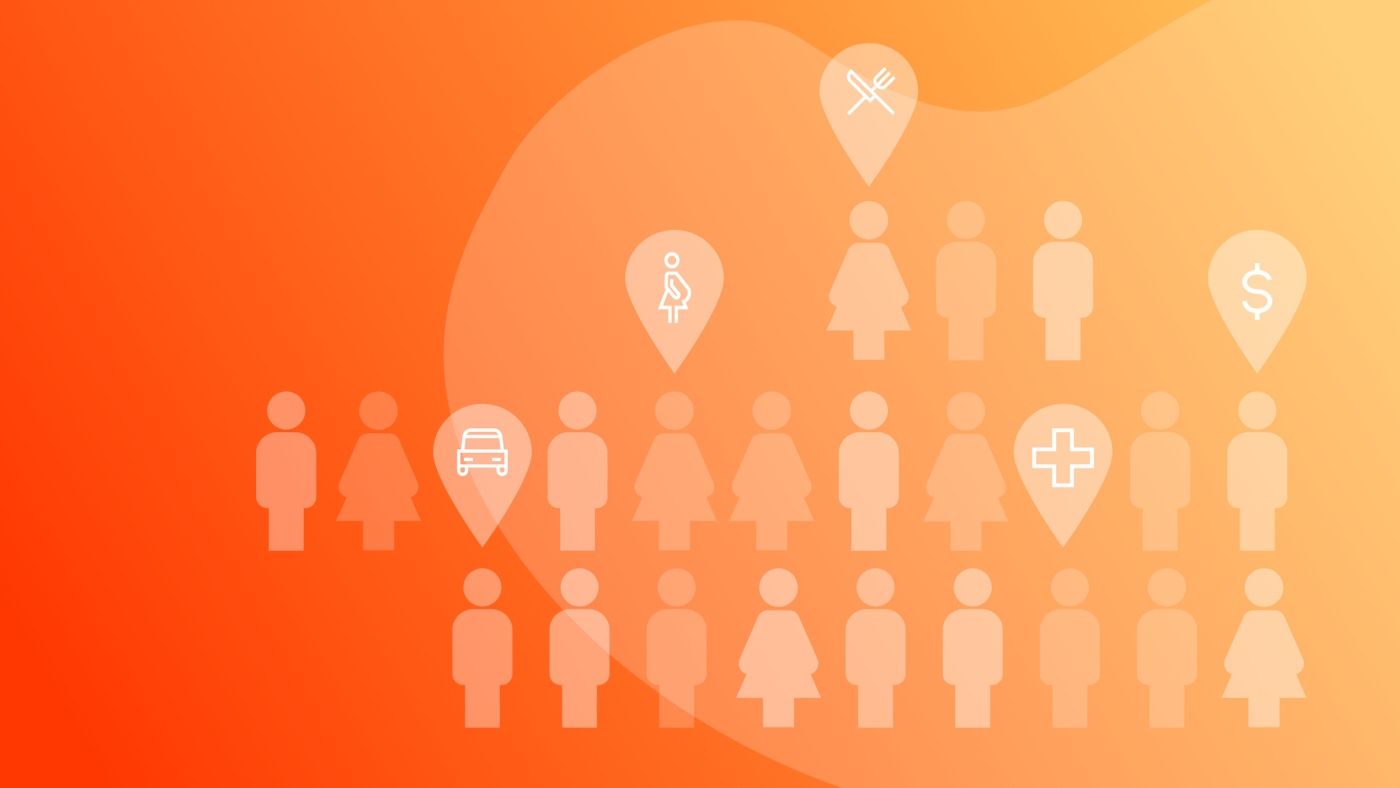We are thrilled to announce the addition of Erik Sossa to the Castlight team as a strategic advisor. Prior to retiring from PepsiCo at the end of 2020, Sossa served as the vice president of Global Benefits and Wellness at PepsiCo (a Castlight customer), where he spent more than two decades of his career.
“Leading PepsiCo benefits was an absolute blessing,” Sossa shares. “I feel like I had the best job in the company, like I had a sacred responsibility. If I did my job right, I could positively impact the lives of our employees and their families — even beyond their time at PepsiCo.”
We asked Sossa a few questions about the current and future state of the health benefits industry, including why health navigation is so crucial and why he decided to become a part of the Castlight team.
What health benefits trends are you paying attention to?
There’s a huge explosion of benefits trends right now, so I’ll organize them into a few buckets:
An exponential increase in point solutions
Companies are leveraging some great, innovative technologies in an effort to target an array of specific conditions.
A surge in conditions related to metabolic syndrome — for example, hypertension, diabetes, and weight issues.
Much of this is symptomatic of an aging population and jobs becoming much more sedentary.
A greater focus on behavioral health
Though the importance of paying attention to mental health was gaining traction right before the pandemic began, COVID-19 placed even more of an emphasis on this area. I heard more folks in my C-suite talking about things like resilience and burnout than ever before.
Connecting people to the right care
Each health benefits program represents a different population segment, so the challenge is figuring out how to get each individual to make use of the best solutions for them, which is exactly what Castlight does!
What’s the biggest challenge benefits leaders are facing today?
Employee engagement. This is the number one task at hand. In my 24 years at PepsiCo, this concept has come up every year. Employers must determine how to make benefits something that really adds value and contributes significantly to their human capital management strategy. Many already have a lot of the necessary programs — the bigger hurdle is figuring out the best way to make employees aware of the offerings and how to get them to engage in the right ones.
What’s a mistake you often see employers make in regards to health benefits?
Far too many employers focus their healthcare efforts solely on cost containment. While I understand why, I think it’s a huge miss. We cannot think about health benefits solely in this way. HR leaders need to start presenting metrics to the C-suite that go beyond cost savings.
Ultimately, we need to be able to clearly demonstrate why an innovative, agile, and extensive health benefits program is so crucial to an organization’s human capital management strategy.
I do believe most executives understand that a holistic approach to employee health and wellbeing can be greatly beneficial for the company — this concept has become even more undeniable as we’ve observed the detrimental impacts of COVID-19. However, C-suite folks are still managed by broadly standardized metrics like earnings per share, growth, and market capitalization. As HR leaders, we need to develop the metrics that show how the various aspects of a comprehensive health benefits program can yield ROI in non-traditional ways.
For instance, how does your benefits design connect to productivity? How does it connect to the company brand and mission? The next generation of workers wants purpose and principle in their job, so this is a great opportunity for benefits managers to incorporate those aspects.
Ultimately, we need to be able to clearly demonstrate why an innovative, agile, and extensive health benefits program is so crucial to an organization’s human capital management strategy.
Why should employers leverage a health navigation partner?
Honestly, I don’t know how you couldn’t.
Workforces are evolving dramatically, as are the issues people are facing. If you’re a large employer, you can’t communicate everything to everyone all the time. You must find a way to leverage your data to connect the right people to the right programs and learn what works and what doesn’t.
Far too many employers focus their healthcare efforts solely on cost containment. I think it’s a huge miss. HR leaders need to start presenting metrics to the C-suite that go beyond cost savings.
Healthcare isn’t like buying a TV or fridge — it’s so much more complex, fragmented, and emotional. Consumers need real-time access to one central place where they can address all the different aspects of their health and wellbeing, whether it’s searching for a provider, finding details about a specific health insurance claim, leveraging a chronic condition management tool, or participating in a physical activity challenge.
I truly don’t know how employers can accomplish this in a seamless and effective way without leveraging a navigation platform like Castlight, which enables employers to meet their people where they are and close critical gaps in care.
Why did you become a strategic advisor for Castlight?
I didn’t retire from PepsiCo to stop working. Rather, I retired so I would be able to do fewer things more deeply (one of those things being daycare for my grandson).
I want to partner with leaders and companies that can really move the needle in improving the lives of employees and their families. I want to help elevate the traditional benefits role to be someone who’s not just managing costs but helping the industry become a crucial component of employers’ overall business strategy.
What inspired me about Castlight wasn’t just the great product they have today, but the vision they have for the future. Castlight is actively thinking about tomorrow, not just today, and I want to solve tomorrow’s problems. I want to go on a journey, and Castlight’s on the right journey.



